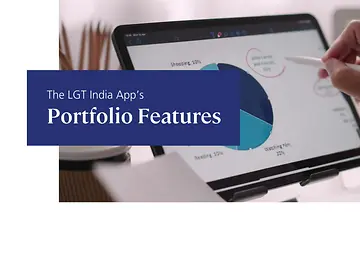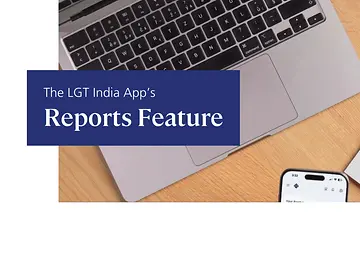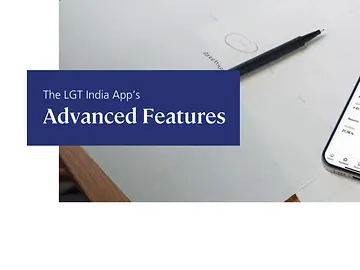The Statement of Capital Gain/Loss provides information about the gains or losses made on investments held for different periods of time. The report categorizes investments as Short-Term (ST) or Long-Term (LT) and provides details such as Market Price, Indexed Cost, Effective Cost, Days Held, Realized Gain/Loss, and Effective Gain/Loss. The report also includes a summary table that shows the data for each quarter and the total for the financial year.
Notes to report:
Short / Long Term
- For Listed Equity Stocks/Mutual Funds, ST is considered for units held less than 1 Year, else long term
- For Bonds ST is considered as units held for less than 3 Years, else long term
For Unlisted Equity Shares/Private Equities, ST is considered as units held for less than 2 Years, else long term
Effective Cost
- Effective Cost is the net cost after considering Grandfathered price if grandfathering applies for that lot. Only applies for Equity Instruments
Indexed Cost
- Cost Inflation index also called Capital gain index is used to calculate the indexed cost of acquisition for long-term capital gain tax.
Further notes:
-Any gains/loss made as speculative income will be treated as Short Term Capital Gain/Loss as per FIFO basis. Buy Today Sell Tomorrow (BTST) Trades are captured as normal delivery trades, and capital gains are calculated as per FIFO.
-This statement is for information purposes only and should not be construed as official confirmation of any transaction/holdings/taxation. Please note that some data has been derived from sources that we believe to be reliable but the same cannot be guaranteed. While sufficient care has been taken to ensure accuracy of the statement, LGT Wealth India shall not be held responsible for any error herein. For view of the individual nature of tax consequences, investors are advised to consult his / her own professional tax advisor.
-In case of merged Mutual Fund schemes, if merger has taken place prior to AUM transfer then cost of acquisition of surviving scheme will be the NAV as on the date of merger and date of acquisition will be the date of merger (as the original cost and date is not provided by the AMC during change of broker code for transactions in such merged schemes), hence the gains in the report mey be incorrect due to unavailability of details from AMC.
– For mutual fund schemes where segregation of schemes is done, Registrar Transfer Agents (RTA’s) do not have share bifurcation of cost between original schemes and segregated schemes. As a result, the system does not show proper gains for the said segregated mutual fund schemes both original & segregated.
– If the acquisition details have not been provided for the inward stocks (Corpus IN), then we have recorded the transfer date and valuation of the stocks as on date of transfer date as acquisition details. The capital gains will then be accordingly computed (transfer date & transfer valuation will be considered as cost details) when these stocks will be sold.



